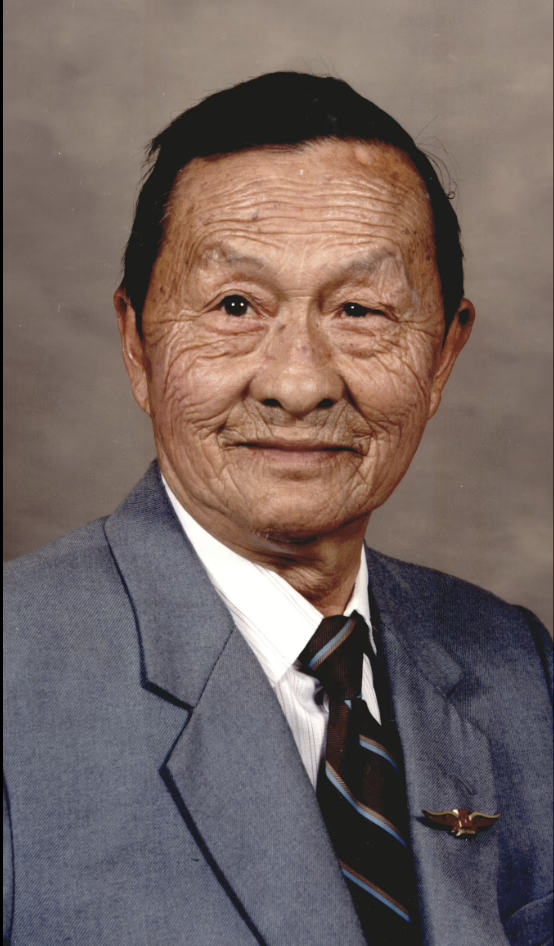
Taseng Xia Ying Vue was born on March 8, 1910 in Ban Pha Lan, a small village in Xieng Khouang, Laos to Pasi (Paj Txhim) Vue and his wife. He was the third son of Pasi Vue.
At the age of twenty-five, Xia Ying was appointed to be Phong Tong of Sam Thong in 1935. In 1941, he was promoted to serve as Tasseng (toj xeem) of Nova District in Xieng Khouang province and served in this role for twelve years. One of his key duties was to resolve conflicts brought to him by his constituents. He was recognized for handling more cases than other Tassengs during his tenure. In addition to this, one of his most notable accomplishments was to eliminate taxes on rice for Xieng Khouang province. During this period Laos was a colony of the French Indo-China Union and the French generated revenue through taxes on goods and rice was one of these goods. One of the main tasks assigned to a Tasseng was to collect taxes. Families unable to pay taxes monetarily often paid in-kind. Rice was a staple food for the Hmong and most were unable to grow enough rice to eat and to be used as a tax payment. Recognizing this struggle, Xia Ying organized his fellow Tassengs to form a 14-member coalition to rectify this problem. Under his leadership, they successfully challenged the French administrator’s taxes on rice, ultimately eliminating the taxes for Hmong constituents throughout Xieng Khouang province.
From 1967 to 1975, Xia Ying was appointed Nai Kong in Padei Joua (Pas Dej Ntsuab). After fleeing to Thailand, he went on to head the Hmong Community Conflict Resolution Center in Ban Vinai Refugee Camp from 1978 to 1981. In this position, he handled all complaints and disputes that arose in the camp. In 1982, he arrived in the United States as a refugee and retired in Tulare, California. Despite his retirement, many would continue to seek his guidance until his death in 1995.
Xia Ying Vue had eleven daughters and six sons. Khue Vue, his sixth child, was among the first wave of Hmong in Laos to get a formal education and obtain a college degree. Ten of his children and along with their family’s migrated to the United States at the end of the war. He has 72 grandchildren and dozens of grandchildren and the majority currently
reside throughout the United States.
